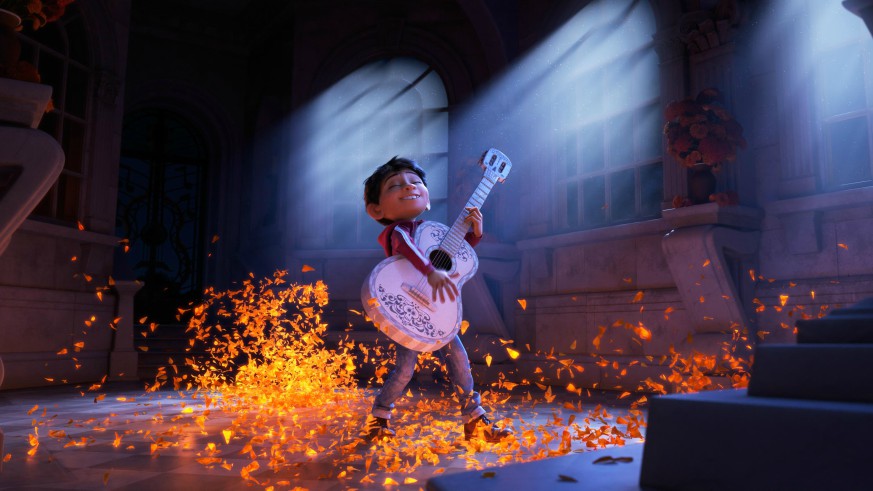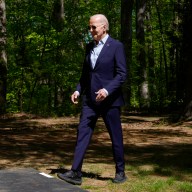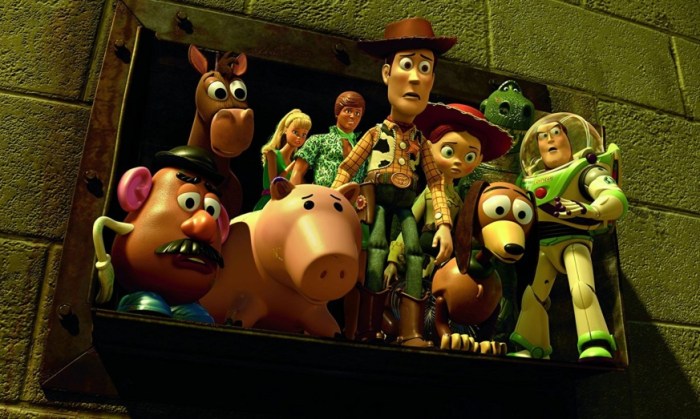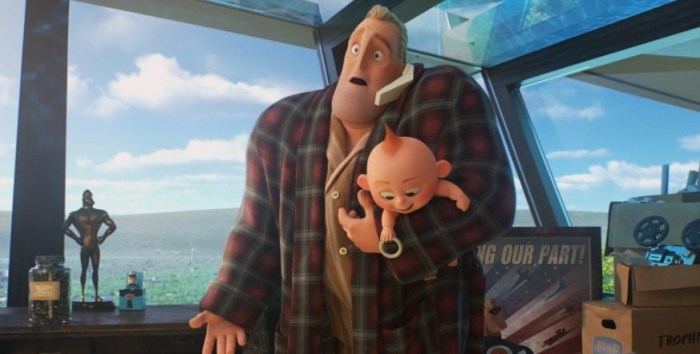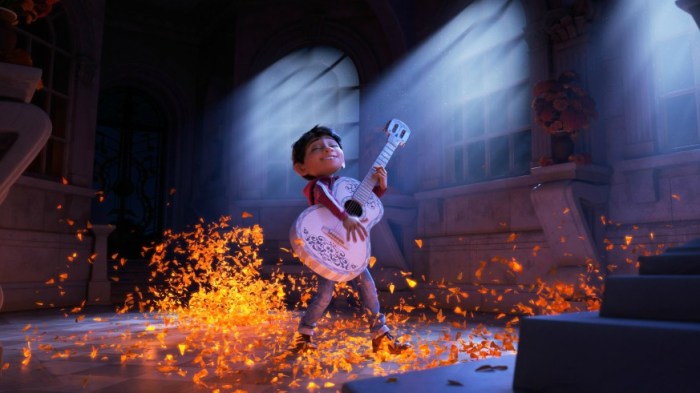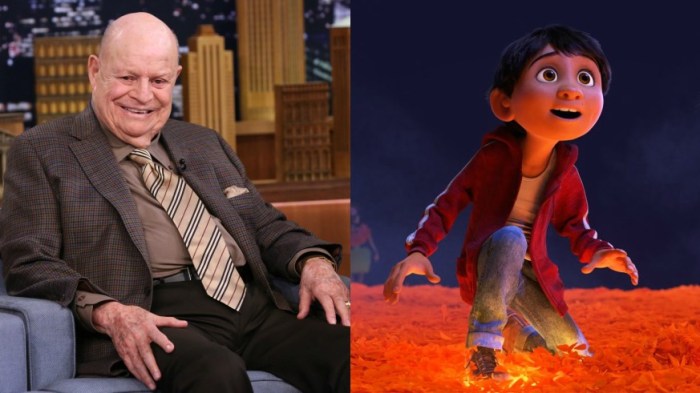“Doing a ‘Hollywoodized’ version of ‘Coco’ would have been the biggest mistake that we could have made,” declares director Lee Unkrich, who also dreamed up the idea for the film, too.
While Unkrich fell in love with the concept of making a movie about Dia de Muertos back in 2011, six years later “Coco” is being released into a very heated environment. Both when it comes to Hollywood’s treatment of different groups, and politically between Mexico and America.
Disney itself fell into some hot with the film when it tried to trademark the phrase Dia de los Muertos for its merchandise, with Mexican Americans insisting this was “cultural appropriation and exploitation at is worst.”
As such the name of the film was changed to “Coco.” Despite this misstep, Unkrich and Pixar were always well aware of their responsibility to make a film that avoided stereotypes.
“As soon as John [Lasseter] gave me the thumbs up to develop this idea I knew I had this enormous responsibility to come up with a story that would be culturally accurate and respectful and avoid cliché and stereotypes.”
“There wasn’t a day that went by in the entire six years that we made this film that we didn’t consider one culturally related issue or question. It was just very important from the very beginning.”
“We knew we wanted an entirely Latino cast. We knew we would have to employ a team of cultural advisors to be employed in the making of the film.”
The latter was a particularly big step for Pixar, who had never let in outsiders to their world on such a scale. “This was kind of unprecedented for us at the studio. We had never let people into our inner fold and let them be part of the making of this film.”
But Unkrich knew it was a vital component for “Coco,” adding, “We were talking about a very real community and a very sacred tradition that we had to get right. Otherwise there would be no point making the film because no-one would be happy with it.”
“Coco” was actually just one of several ideas that Unkrich had pitched to John Lasseter shortly after the release of “Toy Story 3.” But it quickly became apparent to him that the film that would become “Coco” was the one he was “most passionate about and interested in.”
“I had been aware of the celebration for a long time and had always been drawn to its iconography, and the imagery of the celebration, and loved the folk art that surrounds it.”
“To me there was always something interesting about the juxtaposition of skeletons with bright festive colors or celebration. And I wanted to learn more.”
“I learned about what Dia De Los Muertos is all about, and how central family is to it. And that it is ultimately a celebration, not about death, but about life, about remembering our loved ones and making sure that their stories are passed along.”
“It just had the credentials to be a really wonderful film. There was adventure and comedy and color and music and celebration, and it also had a strong emotional core. And that’s what we are always looking for in our ideas.”
For Unkrich one of the main challenges was the unlimited potential to “Coco,” as this was the first time that he “developed a totally original idea from scratch” into a film.
Unkrich admitted that at first this process was a little “harrowing,” and that he froze up because of the abundance of choices at his disposal. Ultimately Unkrich and his team got into the swing of things, though.
“We just had to start narrowing our choices. So rather than doing a totally fantasy, weird land of the dead, I decided to create a land of the dead that would kind of be relatable, and still filled with a strong Mexican quality.”
“Our land of the dead was inspired by real places that we had visited, real cities, and the color, design, architecture and the world. We wanted it to be fantastical, but at the same time recognizable and relatable.”
“We spent a lot of time creating that look of the Land Of The Dead, and coming up with the philosophies behind it. We imagined it was a world that was always under construction because people are always dying, so they are always having to add onto it.”
“There’s no safety codes, because skeletons are already dead. It was fun to find the guiding principles behind coming up with the look of the world.”
You can wallow in the truly unique world of “Coco” when the film is released on November 22.

